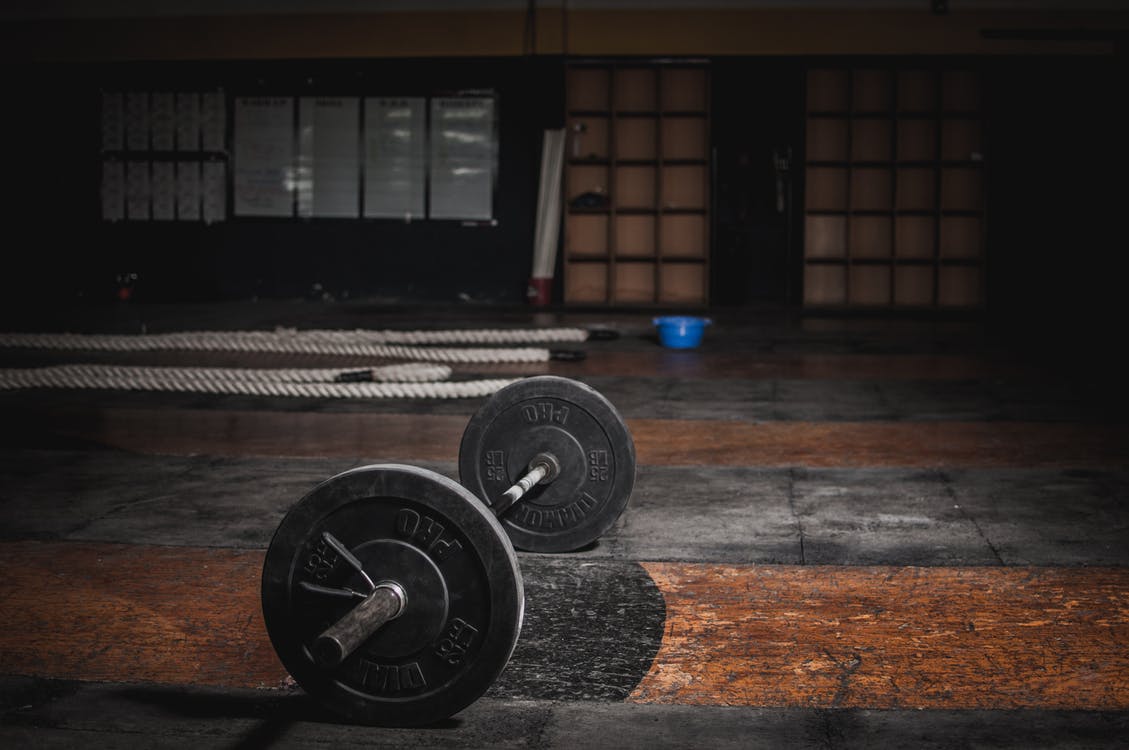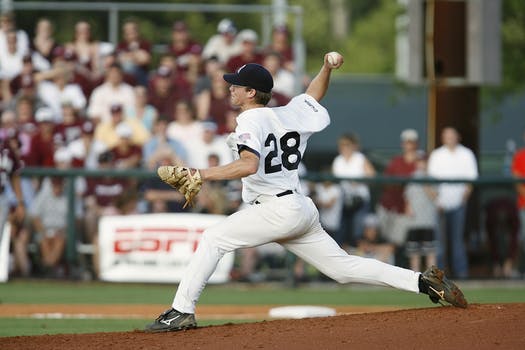Foam rolling has been around for a number of years now. It’s credited with getting rid of training-related adhesions in the muscles, increasing blood flow, and improving both recovery and performance. It’s unclear if foam rolling has this type of impact, however.
Behara and Jacobon, in a 2017 article in the Journal of Strength and Conditioning Research, had a study that compared the effects of deep tissue foam rolling, dynamic stretching, and no intervention on measures of lower body velocity, power, and range of motion.
The authors studied 14 division I football linemen. Subjects warmed up on a cycle ergometer. They were then pre-tested on vertical jump power/velocity, isometric knee flexion/extension torque, and hip flexion range-of-motion. After this pretesting they were randomly assigned to one of the groups (either foam roller, dynamic stretch, or nothing).
The foam roller group rolled on each extremity (hamstrings, quadriceps, gastrocnemius, and glutes) for four minutes on each side (i.e. 8 minutes total). The dynamic stretch did slow stretches of the same muscles for 8 minutes. The group that did nothing rested for 8 minutes. At that point everyone was post-tested. Over a three week period each subject went through all the interventions.
Results:
- In terms of vertical jump peak power, the foam rolling group generated a little over 2% more peak power than the no intervention group, the dynamix stretch group had an increase of less than 1% compared to the no intervention group.
- With regard to vertical jump peak velocity, the foam roller group generated almost 3% more peak velocity than the no intervention group. The stretch group aa little over 1% more than the no intervention group.
- For peak torque during knee extension, the foam roller group generated almost 3.5% less than the no intervention group. The stretch group generated almost 6% less peak power than the no intervention group.
- For peak torque during knee flexion, the foam roller group generated almost 9% less than the no intervention group. The stretch group generated almost 6% less than the no intervention group.
- For range-of-motion at the hip, the foam roller group increased by almost 16% compared to the no intervention group. The stretch group increased by almost 19% compared to the no intervention group.
The results are interesting and seem contradictory. On the one hand, there is a very small increase in peak power during the vertical jump from foam rolling and a smaller increase from the stretching. However, both interventions have a negative impact on torque at the knee joint. Unsurprisingly both interventions improve range-of-motion.
Now, it needs to be pointed out that (with the exception of the change in range-of-motion), none of the changes noted are statistically significant. As a result the authors conclude that the foam rollers (and stretching) have no impact on measures of power, velocity, or force production. Now, 1-9% changes might not be significant to most people but to an elite athlete it’s a big difference. For example, a 2% change is the difference between an offensive linemen running the 40 in 5.23 seconds at the NFL Combine and doing it in 5.12 seconds or 5.33 seconds.
There is an impact from both foam rolling and stretching, but it’s not statistically significant. But, we don’t know if it has real-world significance. In other words we cannot look at this study and say that “Yes, foam rolling is bad” or “Yes, foam rolling is great!” We just don’t have enough information.
We don’t know if the foam rolling program was done with fidelity by the athletes. In other words, is it being done in the manner in which it is intended? Did the athletes use it with the intensity and focus they are supposed to? We also don’t know if a one-time use is enough to generate results from foam rolling. What if it’s only effective if used regularly over a period of time?
Another challenge, it’s unclear if we got the best of the no intervention group. The no intervention group rode the cycle ergometer for five minutes and then did nothing for eight minutes. In other words, they took the post-assessments essentially cold. If they had not been cold, they might have scored much higher on the post-testing and the results might have been a lot different.
Still, the study provides some interesting information and food for future research.
Behara, B. and B.H. Jacobson. (2017). Acute effects of deep tissue foam rolling and dynamic stretching on muscular strength, power, and flexibility in Division I linemen. Journal of Strength and Conditioning Research, 31(4): 888-892.



